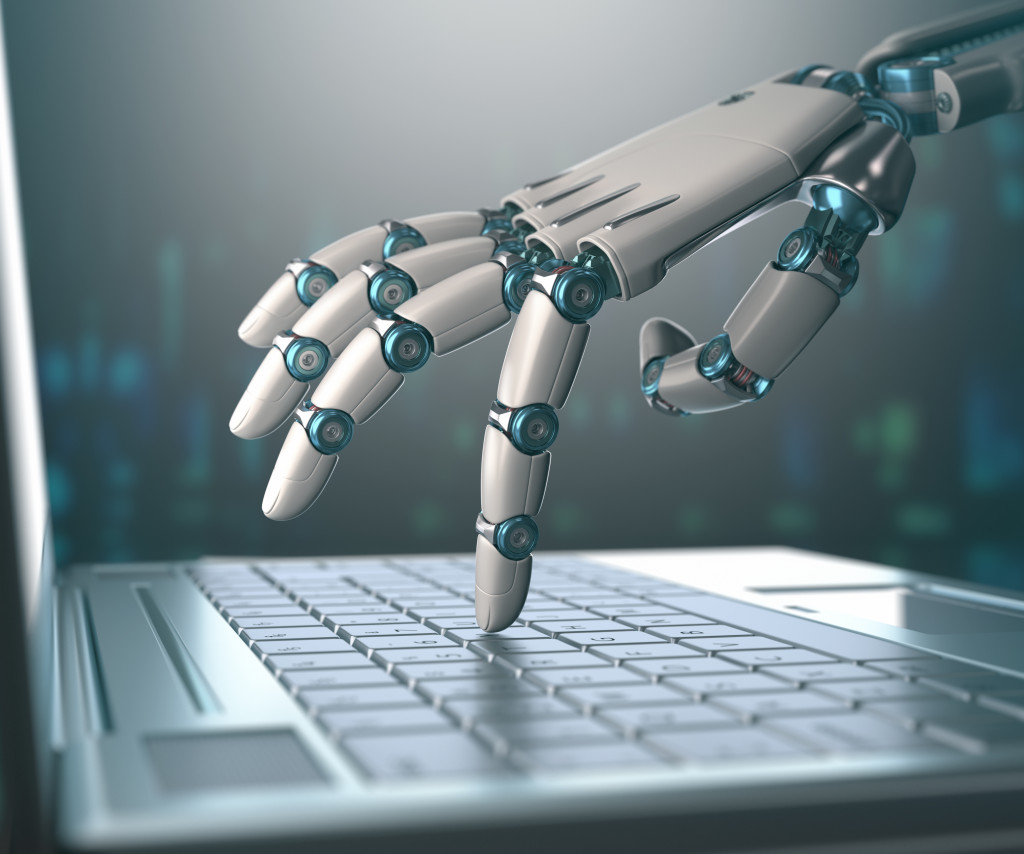The world is not getting any smaller. It’s growing by leaps and bounds. Projections detail we could be looking at nearly 9.15 billion people on the planet by 2050. That’s about 30 years from now. Now, if you that’s positive news, think about the food production problems we have today. It’s certainly a paradox. While millions may be eating as much as they can daily, a billion people on the planet are undernourished and suffer from starvation.
In our bid to produce more to feed more, we have resorted to all sorts of tricks up our sleeves to get things done. For one, we’ve explored weather control via cloud seeding. Planes over Idaho were used not too long ago in a project called Seeded and Natural Orographic Wintertime Clouds (SNOWIE) to control the amount of rain or snow.
But the biggest advancement in farming technology may not come from things we can hardly control, such as the weather. Rather, it comes from the digital tech that’s closer to home. If you’re wondering how digital can affect growing crops, fret not. We’re showing some of the most amazing ways internet technology is changing our food production landscape.
Indoor Systems
Have you ever wondered how you can actually maximize your space-challenged apartment or condo unit? Well, you can actually put up a garden right in the middle of all the chaos using vertical farming with hydroponic systems. And the benefits should astound you.
For starters, you won’t need soil. With hydroponics, nutrients to the greens are assimilated via liquid. Even better, you won’t need much space as you can maintain all those plants vertically, making the most of your walls and fences. That certainly is possible as each plant won’t need a pot. They need access to the fluid which contains their nutrients.
What’s even more amazing is your crops won’t have to be dependent on the weather. They’re grown indoors. That can only mean you can achieve more consistent all-year-round crops. With no pests harming your plants and better absorption of nutrients, you’re guaranteed faster growth and 100% harvest.
But you’d be surprised at how much digital can be a part of hydroponic systems. To boot, the internet of things or IoT has been used by farmers to monitor and automate a hydroponic culture. With machine-to-machine interaction, various variables essential to the growth of the plants are made available. We’re talking about:
- pH
- Temperature
- Water level
- Flow intensity
- Light intensity
Powerful computer systems can then store these data sets to build an information infrastructure. Additionally, accumulated data can then be crunched using artificial intelligence (AI). This way needed proactive measures, and further analysis can be taken to maximize the growth of crops.
But the most impressive part is that all these data sets can be viewed online and made available via your smartphone. In short, you can monitor all the nitty-gritty even when you’re thousands of miles away.
You have a controlled environment that ensures your plants grow in the best conditions possible. And technology is the very instrument that makes it all happen.
Outdoor Farming and Digital

Now, you might think that digital technology is something only the indoor far can avail. But the truth of the matter is that big farms are starting to make the most of the internet too.
Digital farming has come of age. Its essence lies in creating essential value from acquired data. At its core, its goal is to develop actionable intelligence to ensure crops grow at their most optimum. So it is the process of increasing the farm production while saving costs. Part and parcel of this is trust is to eliminate various risks before they even materialize.
If you think an open farm is a simple process, you’ll need to do some rethinking. To note, farming has tons of unpredictable variables. We’re talking about the weather, the presence of pests, and the possibilities of flooding.
But the technologies used in hydroponics are pretty similar to those used on a digital farm, only on a bigger scale. So you still use robotics and machine-machine interaction to gather data and establish data points. And as the farm outside is a lot bigger, drones are often used to provide needed data sets.
Additionally, AI comes in handy in gathering all the data and coming out with timely observations and conclusions at record speed.
Taking Advantage of Technology
With the help of internet technology, digital agriculture is changing the face of the Earth. Now, a farmer need not be on the farm to know what’s going on the farm. They can monitor with ease field conditions without being in the field itself. And it doesn’t have to be a field. It can be just a small garden or a single plant. One thing’s certain. Life is better with digital farming.


